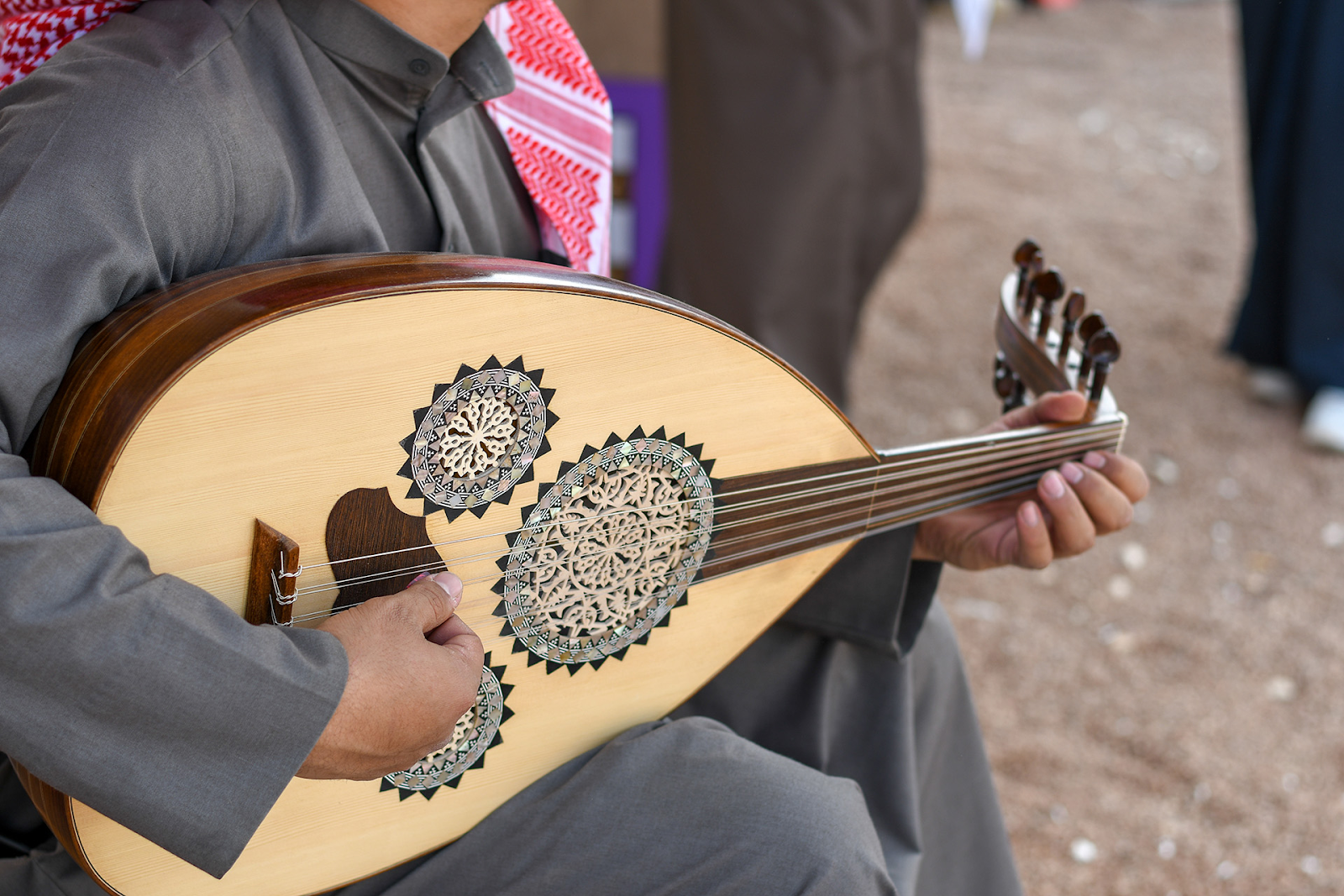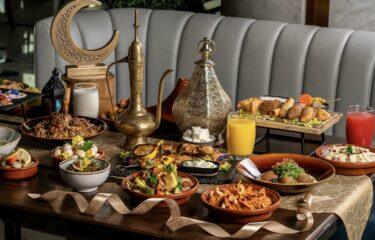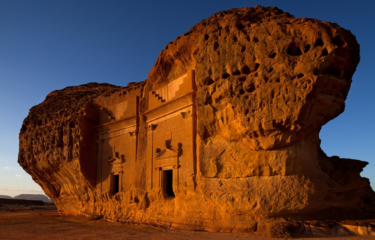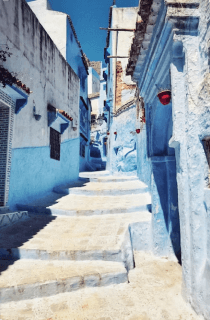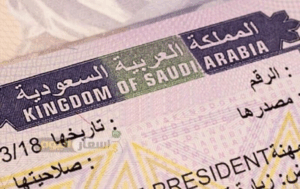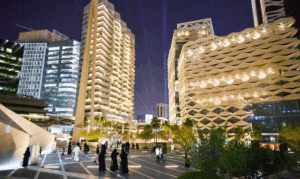Close your eyes and imagine the steady beat of a tambour filling the air, the gentle strains of a rababa weaving through the rhythm, and voices coming together to share stories of life, love, and resilience. Traditional Saudi Arabian folk music is a window into the country’s soul, carrying the legacy of its diverse regions and deep-rooted culture.
Every region in Saudi Arabia carries its unique musical traditions, deeply rooted in history and shaped by local customs. Whether it’s the storytelling songs of the north or the celebratory rhythms of the south, each melody paints a vivid picture of life in this diverse and fascinating country.
If you’re curious about the vibrant culture behind traditional Saudi Arabian folk music, you’re in for a treat. Let’s journey through the regions and uncover the stories, instruments, and festivals that bring this musical heritage to life.
The Heartbeat of Najd
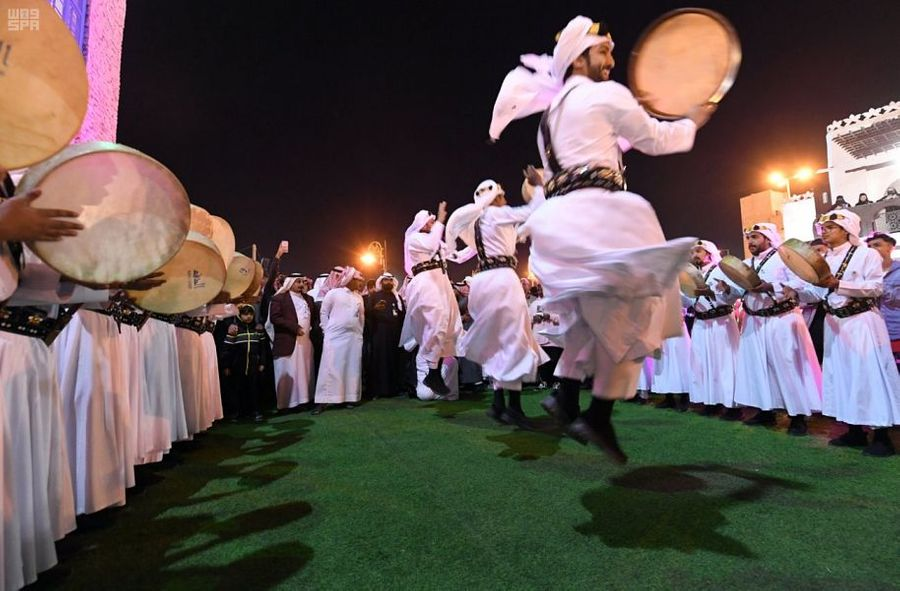
In the central region of Najd, traditional Saudi Arabian folk music reflects the vast deserts and deep tribal roots. The music here is poetic, with verses that speak of love, honor, and the challenges of desert life.
The Samri, a popular genre in Najd, is performed with a mesmerizing combination of handclaps and a rhythmic chorus. Men form a circle, swaying in harmony as they sing. This performance often marks joyous occasions like weddings.
Another significant style is the Ardah, famously performed with swords. It’s a ceremonial dance, rich in symbolism, often seen during national celebrations or when welcoming honored guests.
Insider Tip: If you’re visiting during the annual Janadriyah Festival in Riyadh, you can witness live Ardah performances. They are a must-see for anyone wanting to experience Najdi traditions firsthand.
The Melodies of Hijaz
The Hijaz region, known for its historic role as a crossroads of cultures, has a folk music tradition that mirrors its rich and diverse heritage. With ancient trade routes and the constant influx of pilgrims from around the globe, the cities of Jeddah, Mecca, and Medina became cultural melting pots. This diversity found its way into the rhythms and melodies of Hijazi music.
A hallmark of Hijazi music is its celebratory nature. Songs like Samri and Mizmar are staples at weddings and community gatherings, often accompanied by traditional instruments like the oud and percussion drums. These performances are not just entertainment but a collective expression of joy and heritage.
The Mizmar, in particular, stands out as an integral part of Hijazi music. This vibrant, communal dance and drumming tradition brings people together, with performers using large drums and chanting in unison. The energy is contagious, creating a sense of unity and shared celebration.
Insider Tip: To experience the essence of Hijazi music, visit local festivals or traditional celebrations in Jeddah or Mecca, where you’ll find live performances showcasing the region’s musical roots.
Tribal Rhythms of Asir and Jizan
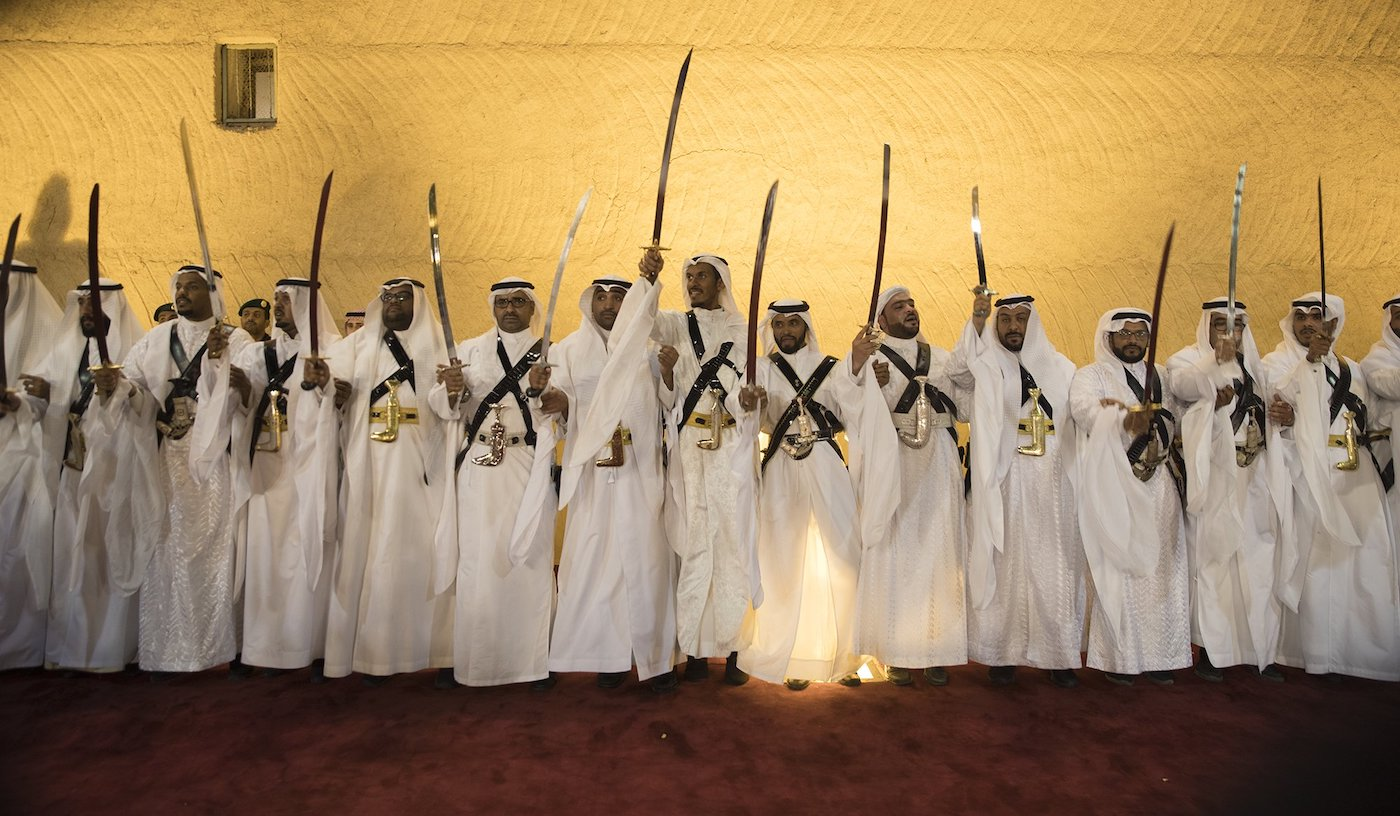
Down in the southern corners of Saudi Arabia, the music of Asir and Jizan pulses with the vibrant energy of tribal traditions. Here, music is a way of life, woven into the fabric of celebrations, storytelling, and daily rituals. It’s a lively, expressive style that captures the essence of the region’s mountainous terrain and coastal influences.
The Al-Khobeiti is a rhythmic dance performed in groups. Dancers sway and spin in unison, creating a hypnotic spectacle. It’s often accompanied by drums and tambourines, filling the air with festive energy.
Another standout performance you’ll encounter here is the Al-Ardah. This traditional sword dance is a cultural expression of pride and unity. Dancers move rhythmically to the beat of large drums and the call-and-response vocals of a choir. The energy is infectious, drawing you into the heart of the celebration.
In Jizan, the coastal influence brings a slightly different flavor. Music here incorporates faster tempos and lively percussion, reflecting the region’s connection to the Red Sea. Instruments like the mirwas (small hand drum) and rababa (string instrument) dominate, adding layers of rhythm and melody to the performances.
Insider Tip: Time your visit to coincide with local festivals or weddings in Jizan and Asir. These are the best places to experience the tribal rhythms in their authentic setting, complete with the electrifying energy of live performers.
Must-Visit: Head to Abha in Asir during the annual Flower Men Festival. It’s a visual and auditory feast where tribal music takes center stage.
Narrative Songs of the Northern Regions
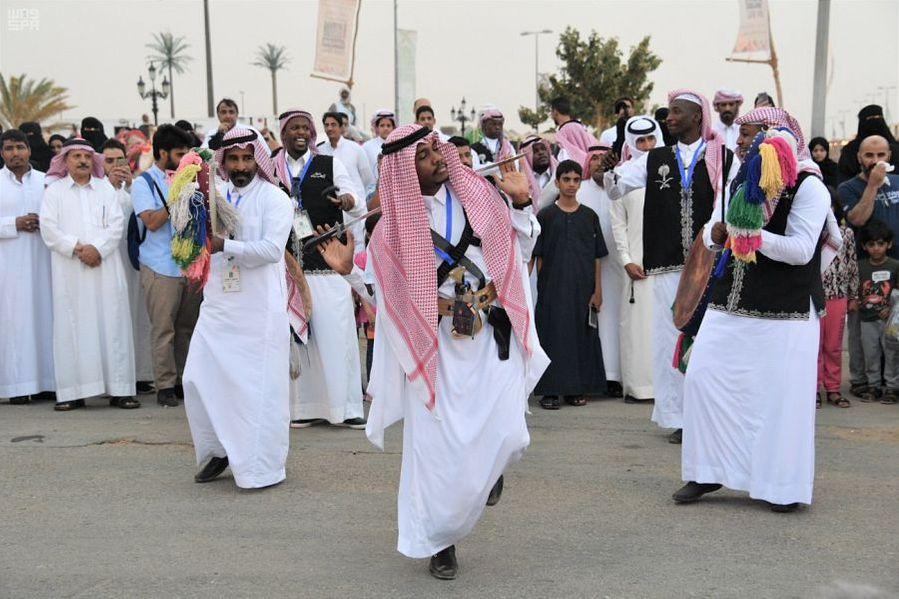
In northern Saudi Arabia, music is storytelling in its purest form. The vast plains and rugged landscapes inspire songs that recount the region’s history, legends, and daily life.
The Daha, a traditional form of choral music, is a powerful display of Bedouin heritage. Performers gather in a line, their voices rising and falling in a unified rhythm, creating a captivating harmony. This ancient vocal tradition is often featured at social gatherings, where the singers sway gently, immersing themselves in the shared experience. The Daha is a collective expression of cultural identity, deeply rooted in the region’s history and a key part of celebrations that bind communities together.
One cannot talk about the north without mentioning the Rababa, a single-stringed instrument. It’s the heartbeat of northern folk music, used to accompany epic tales of heroism and romance.
Pro Tip: Visit Tabuk or Al-Jouf to experience intimate gatherings where the Rababa’s soulful tunes fill the desert air.
Instruments That Define Saudi Folk Music
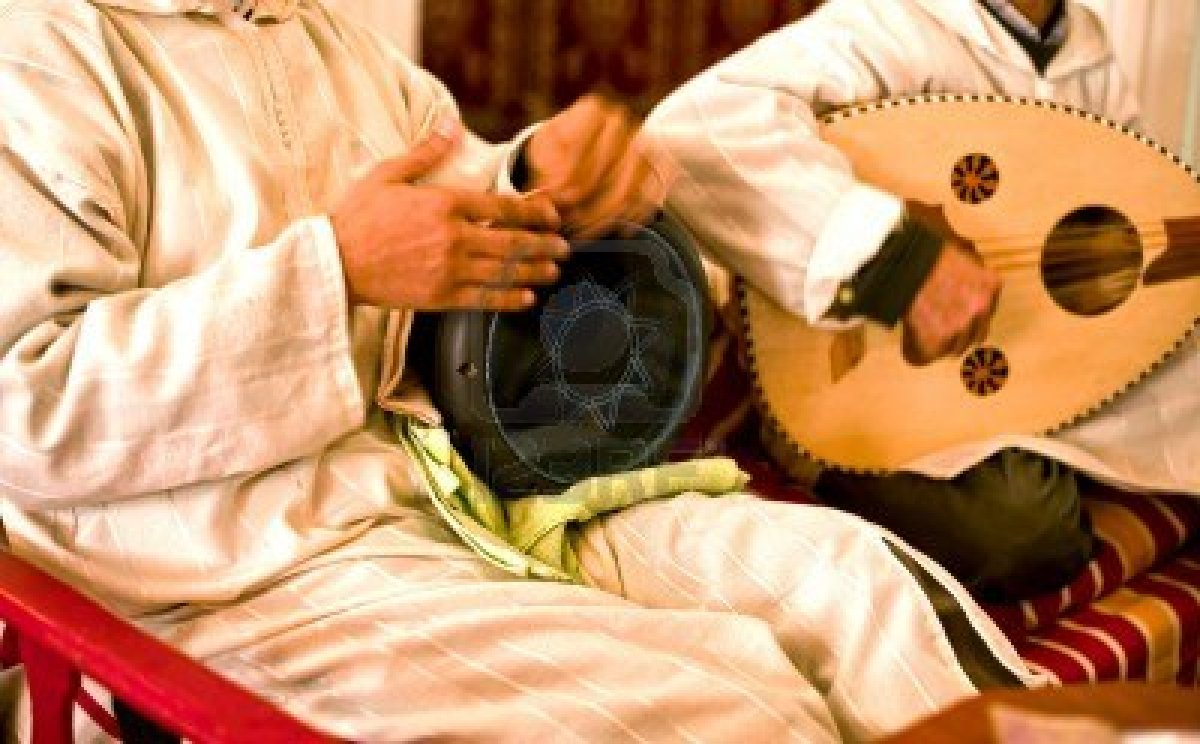
Traditional Saudi Arabian folk music wouldn’t exist without its iconic instruments. These tools of melody and rhythm have been passed down through generations:
- Oud: A pear-shaped string instrument, central to Arabian music.
- Rababa: A single-stringed fiddle, synonymous with storytelling.
- Tambour: Hand drums that add rhythm to dances and songs.
- Mizmar: A woodwind instrument, creating lively, high-pitched tunes.
Each instrument tells its own story, adding depth and texture to the songs they accompany.
Celebrating Saudi Folk Music at Festivals
Saudi Arabia’s folk music truly comes alive during festivals. These events are a window into the country’s cultural soul.
- Janadriyah Festival: Held near Riyadh, this event is a showcase of traditional music, dance, and crafts.
- Flower Men Festival in Asir: A celebration of southern traditions, featuring tribal music and dances.
- Winter at Tantora in AlUla: Combines modern performances with traditional melodies, set against breathtaking landscapes.
Travel Tip: Time your visit to coincide with one of these festivals for an immersive cultural experience.
Preserving a Rich Musical Heritage
In a rapidly modernizing Saudi Arabia, efforts are underway to preserve the legacy of traditional folk music. Cultural centers, music academies, and festivals play a vital role in passing down these traditions to younger generations.
Streaming platforms and social media are also helping to introduce Saudi folk music to a global audience. This digital renaissance ensures that the melodies of the past continue to inspire the future.
Sway with the Sound of Music
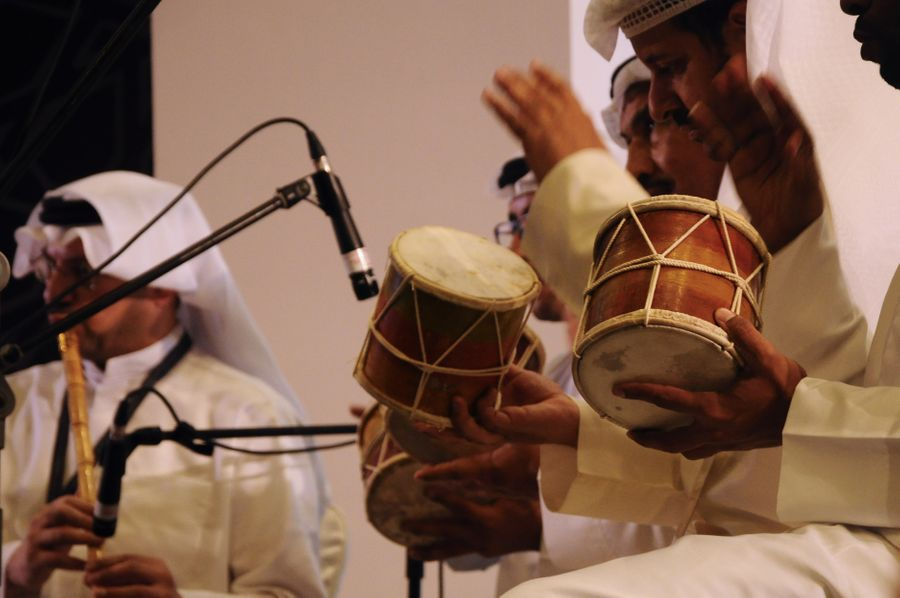
Traditional Saudi folk music is not just about sound—it’s a way of telling stories. Each region has its own songs that speak of love, hardship, and joy. These tunes were passed down through generations, becoming a vital part of social gatherings and celebrations.
By experiencing this music, you connect with the culture and history of the land. Whether you’re a music enthusiast, history lover, or traveler, the music of Saudi Arabia invites you into its rich traditions. It’s an experience that stays with you long after the song ends.
FAQs
What is traditional Saudi Arabian folk music?
It’s a reflection of Saudi Arabia’s diverse culture and history, expressed through regional songs, dances, and instruments.
Which festivals celebrate Saudi folk music?
Key festivals include the Janadriyah Festival, Flower Men Festival, and Winter at Tantora.
What instruments are used in Saudi folk music?
Instruments like the oud, rababa, tambour, and mizmar are commonly used.
Where can I experience Saudi folk music?
You can explore it at festivals, cultural events, and in regions like Najd, Hijaz, Asir, and the north.
How is Saudi folk music being preserved?
Through cultural initiatives, festivals, and digital platforms, ensuring its legacy for future generations.

